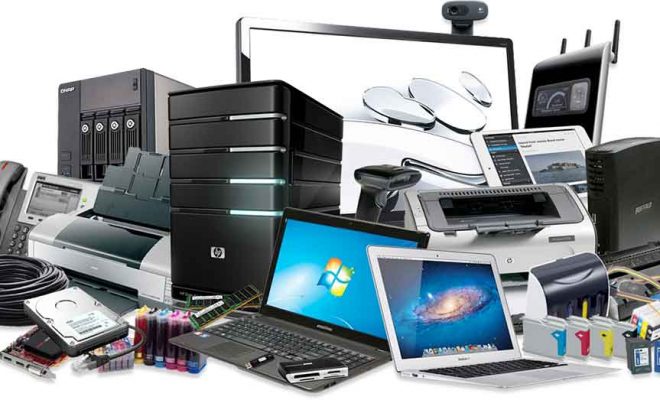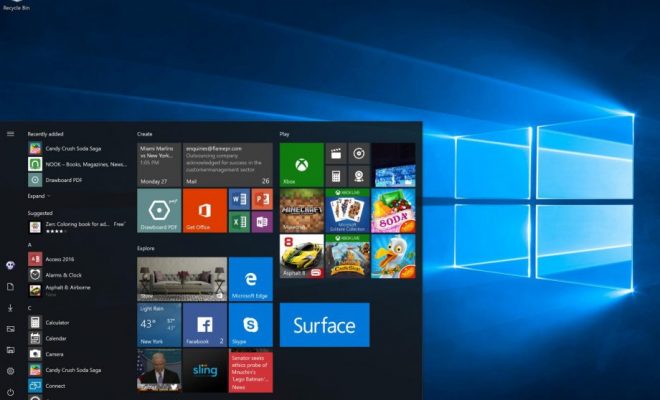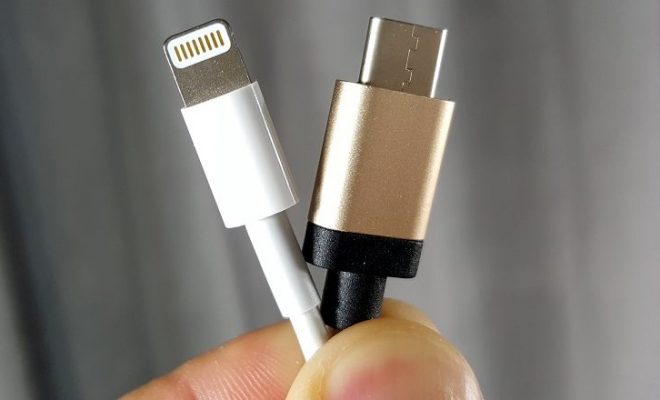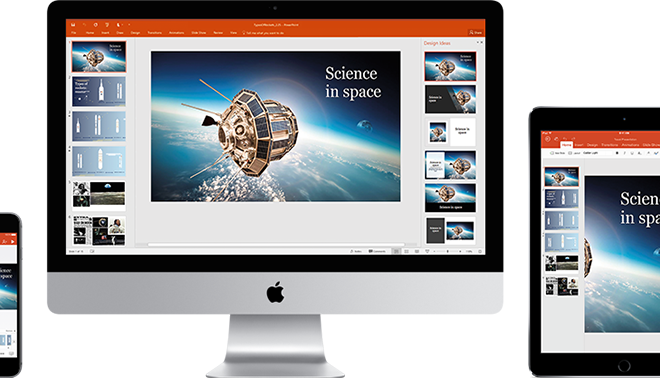The future of clever glasses comes into emphasis
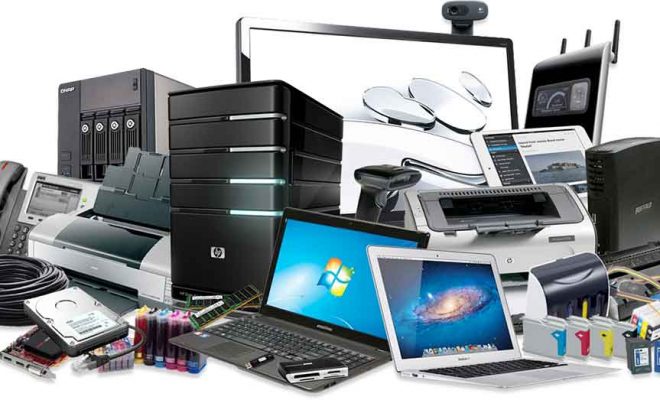
Will clever glasses haze when I consume my early morning coffee?
Numerous questions about the future of clever glasses stay unanswered.
As we slouch toward completion of the smartphone period, it’s important to consider what follows– and also plan accordingly.
Right here are the concerns modern technology specialists like us should be asking, with the answers we understand until now (many of which have actually arised in the past week).
Q: Will Apple make clever glasses?
Yes.
I told you in January why Apple should make wise glasses in order to stay on top. In a couple of years, wise glasses will be at the facility of customer and organisation electronic devices in the same way that smartphones are today.
Apple Chief Executive Officer Tim Chef is on document as stating that clever glasses could be as transformative as mobile phones were. The business has several smart-glasses licenses. The company has thousands of designers working with it.
Bloomberg today reported that Apple has actually been working on a smart-glasses job under the internal name “T288.” The glasses would run an iOS-derived operating system called rOS (extra on that below). The write-up said Apple might deliver its first smart-glasses item within 3 years. (That’s hopeful. 5 years is more reasonable, in my guesstimation.).
Apple’s job is pursuing glasses, which do not call for a smart device as the “engine” and also display, inning accordance with the record. (The short article isn’t really details concerning whether Apple’s smart-glasses project will enable procedure as well as connection, as the Apple Watch Collection 3 with GPS + Cellular could.).
Q: Will Apple make smart glasses for the venture?
Just like all end-user devices, Apple has the tendency to make all-purpose computers and gadgets that serve both customer and enterprise use instances, so it’s most likely that Apple’s smart glasses will find integrators, designers and also clients in the enterprise area. Apple would likely seek typical use cases, as well as leave specialization to smaller firms.
Q: Are individuals going to wear clever glasses while walking in public, or will they be meddlesome “safety glasses” or Google Glass-like devices that typically aren’t socially appropriate?
The response is: yes.
Every conceivable variant of wise glasses will certainly become available. These will certainly clean right into two basic groups of smart glasses– those that resemble common glasses that you wear regularly and others that are noticeable “goggles” that you place on and also use actively.
The hardest trouble in smart glasses is making them appear like normal glasses. In fact, common glasses that use increased truth go to least Ten Years away.
Q: When will clever glasses get here?
Smart glasses have been around for several years. They’re here currently. As an example, a search on Amazon.com for “clever glasses” returns 64 results.
None of these consumer items is ready for super-wide fostering. But they do exist.
Enterprise clever glasses are more advanced. Bulky, meddlesome smart glasses are additionally already on the marketplace as well as brand-new ones are coming out regularly. A couple of items have appeared just today.
DAQRI this week started delivering its DAQRI Smart Glasses product both directly as well as with network partners. They targeted the item at manufacturing, field services, maintenance and repair, assessments, construction, and various other applications.
Olympus this week introduced its EyeTrek Insight EI-10, open-source wise glasses for the business. The glasses have a convertible battery system, which partly compensates for low battery life of around a hr.
Additionally today, NEC introduced a new system for clever glasses advancement based upon its ARmKeypad technology.
These new products join the lengthy checklist of existing or in-development venture smart-glasses items from companies liksuch ase Microsoft, IBM, Sony, Vuzix, Meta, Epson Toshiba,.
Lumus, MicroVision, Penny, Brother, Konica Minolta, Fujitsu, Optinvent, Augmented Vision, Atheer GlassUp, Telepathy, Laster, Innovega, Trivisio, Baidu, LAFORGE Optical and many others.
Q: Does Google Glass have a future?
Yes.
Google leads the marketplace in light-weight, heads-up display glasses. Business such as Boeing have actually been using the initial version of Google Glass for manufacturing.
The brand-new as well as greatly enhanced Enterprise Version shipped last month.
As well as a brand-new Google license arised today revealing a variation of Google Glass with screens embedded in both lenses straight (say goodbye to “boom” pouring light straight right into one eye). Unlike the current design, which provides heads-up screen capability only, the license could bring Glass into the increased fact space.
Q: Just what will the main purpose of wise glasses be?
The objective of clever glasses will be to put computer-generated material in the individual’s field of view or ears.
This content includes enhanced fact, blended fact, virtual reality, 360 video clip, heads-up screens and also contextual audio.
Rather than taking a look at a rectangle-shaped display, we’ll see words and also photos and things as well as virtual atmospheres by merely browsing.
As I mentioned formerly in this space, all these use cases could obscure with each other right into comparable experiences– or will be knowledgeable à la carte, as the application or make use of situation (or tool) needs.
( It’s informing that Apple calls its wise glasses platform rOS, which probably stands for “Reality Operating System.” Apple seems rolling up all right stuff that wise glasses can do right into the single word “truth.”).
The essential factor is that smart glasses will not be one point, there will be numerous sort of smart glasses delivering lots of kinds of experiences.
Q: Just what will the first mainstream, everyday smart glasses be like?
While bulky enterprise tools are already coming on-line, we can likewise waiting to wise glasses we use every day all the time. To puts it simply, “glasses”– prescription glasses, checking out glasses and also sunglasses– will get wise options.
” Smart structures” will certainly be marketed at the optometrist’s workplace.
I think the first large item in this area will come from Amazon.com.
That company has actually led the sector in creating appliances that provide its Alexa online aide. Bone-conduction glasses that allow you talk with Alexa and get the answer with either bone transmission or a combination of bone transmission as well as small audio speakers are an obvious next action for Amazon, and it has a patent for that.
It’s additionally informing that Babak Parviz, the owner of Google Glass, currently works for Amazon.
The FT paper reported that Amazon is in reality functioning such an item or line of items, as well as these might deliver within the next two months. If that does not happen this year, I think Alexa glasses will deliver following year at the latest.
Amazon could lead a pack of companies using minimal audio-only or audio-plus-blinking-light-notification-type clever glasses next year. Gradually, average, daily clever glasses will acquire ever more sophisticated capacities.
Q: How are smart devices preparing us for the wise glasses period?
One of the most fascinating smart device on the market at present is Apple’s apple iphone X. The phone takes a substantial step in the instructions of transitioning from mobile phones to wise glasses.
The iPhone X appears of the box with two informing Apple-created functions: Animoji and also Apple Clips 2.0. These are enjoyable, evidently unimportant diversions for consumers. But also for Apple, they stand for the future of Apple wise glasses, to a particular level.
Animoji are cartoon-character characters that move as well as make facial expressions that simulate the users’ in real time. Apple Clips 2.0 allows customers to transform the background throughout selfie videos.
Yet seen via the lens of the coming wise glasses transformation, just what’s truly happening with these “minor applications”?
The objective of wise glasses is to incorporate the real with the online. Both these applications do this. Animoji take the customer’s real voice, head motions as well as facial expression, and uses them to an online self– a cartoon character.
Apple Clips 2.0 locations the real person in a virtual history– or places an electronically customized actual person into a virtual history. (Look into numerous posted example clips on Twitter.).
These applications use the unique hardware in the apple iphone X (which I spoke about below as well as below) to properly track the user– more specifically, finely gauging the distance of every factor on the face from the phone in real time. The technology behind this task is tiny as well as fits into the selection of cams as well as sensors in the “notch” of the apple iphone X.
A future variation of this technology will no doubt show up in Apple’s wise glasses, yet dealing with outside far from the user in order to map the real life for real-time enhanced or mixed fact applications.
Apple’s increased reality on iPhone press is plainly a precursor to the centerpiece: enhanced truth on smart glasses.
The firm is working hard to educate a generation of enhanced truth application programmers on its ARKit as well as relevant programmer devices as well as sources. (ARKit was the first item out of Apple’s T288 wise glasses team.).
Google is doing something comparable with Job Tango, albeit with a portion of the designers.
Q: And also finally: Will smart glasses fog when I drink my early morning coffee?
Yes.
Yet one of the most essential point to know is that smart glasses are currently right here. They’ll boost to the point of coming to be mainstream in both everyday life and also in the business. And also the direction for smart glasses is currently being set in leading side smartphones like Apple’s apple iphone X.



